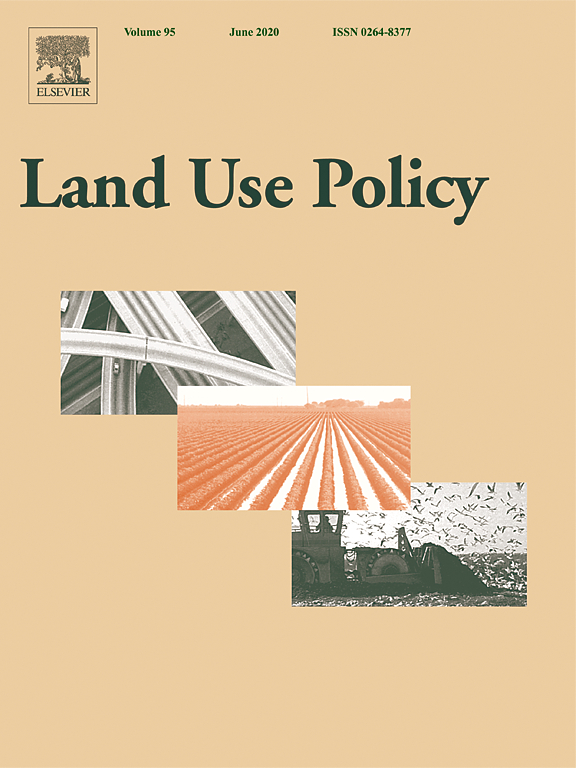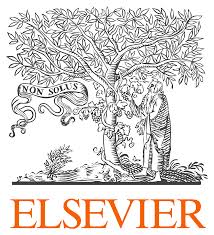Location
Land Use Policy is an international and interdisciplinary journal concerned with the social, economic, political, legal, physical and planning aspects of urban and rural land use. It provides a forum for the exchange of ideas and information from the diverse range of disciplines and interest groups which must be combined to formulate effective land use policies. The journal examines issues in geography, agriculture, forestry, irrigation, environmental conservation, housing, urban development and transport in both developed and developing countries through major refereed articles and shorter viewpoint pieces.
Land Use Policy aims to provide policy guidance to governments and planners and it is also a valuable teaching resource.
ISSN: 0264-8377
Members:
Resources
Displaying 96 - 100 of 279Inclusiveness of contract farming along the vertical coordination continuum: Evidence from the Vietnamese rice sector
The Vietnamese government is currently attempting to upgrade rice value chains in the Mekong River Delta by encouraging (i) vertical coordination between exporters and farmers through contract farming, and (ii) horizontal coordination among farmers through the “small farmers, large field” program. Previous studies on the determinants of contract farming participation assume that firms offer only a single contract type, whereas in reality, farmers may face a continuum of exclusive contract options.
Cars. Problematisations, measures and blind spots in local transport and land use policy
Goals concerning reduced car traffic are found in most European cities, indicating a potential change in local transport policy and land use planning, which have traditionally been very car-centric. This paper analyses goals and measures to reduce car traffic in Swedish municipalities’ long-term transport and land use plans. Theoretically, the paper is based on an understanding of policies as parts of ‘problem representations’ that create particular ways of understanding car traffic as a policy problem, which in turn influence the measures seen as appropriate or inappropriate.
Complementary land use in the Richmond River catchment: Evaluating economic and environmental benefits
Agricultural land uses can contribute to land degradation, water quality decline, and loss of ecosystem function and biodiversity in the surrounding catchment. Trees can assist in catchment management, and re-afforestation strategies have been implemented in an effort to mitigate agricultural impacts and improve degraded land and waterways worldwide. Re-afforestation strategies often target private land, and their success relies on landholder participation.
Exploring land use/land cover changes, drivers and their implications in contrasting agro-ecological environments of Ethiopia
This study examined the trends, driving factors, and implications of land use/land cover (LULC) dynamics over the past 35 years (1982–2017) in three watersheds of the drought-prone areas that represent different agro-ecologies of Upper Blue Nile basin, Ethiopia: Guder (highland), Aba Gerima (midland), and Debatie (lowland). The changes in LULC were analyzed by integrating field observations, remote-sensing data (aerial photographs [1: 50,000 scale] and very high resolution [0.5–3.2 m] satellite images), and geographic information systems.
Managing protected areas in Central Eastern Europe: Between path-dependence and Europeanisation
The nature conservation regimes of post-socialist EU countries are multi-layered, consisting of initial components established before Socialism, reinforced and solidified during Socialist period, and changes brought about by the democratic transition. For nature conservation, the transition to democracy led to new political and legal frameworks, the re-allocation of resources and land tenure changes, which Central Eastern European countries approached differently.



